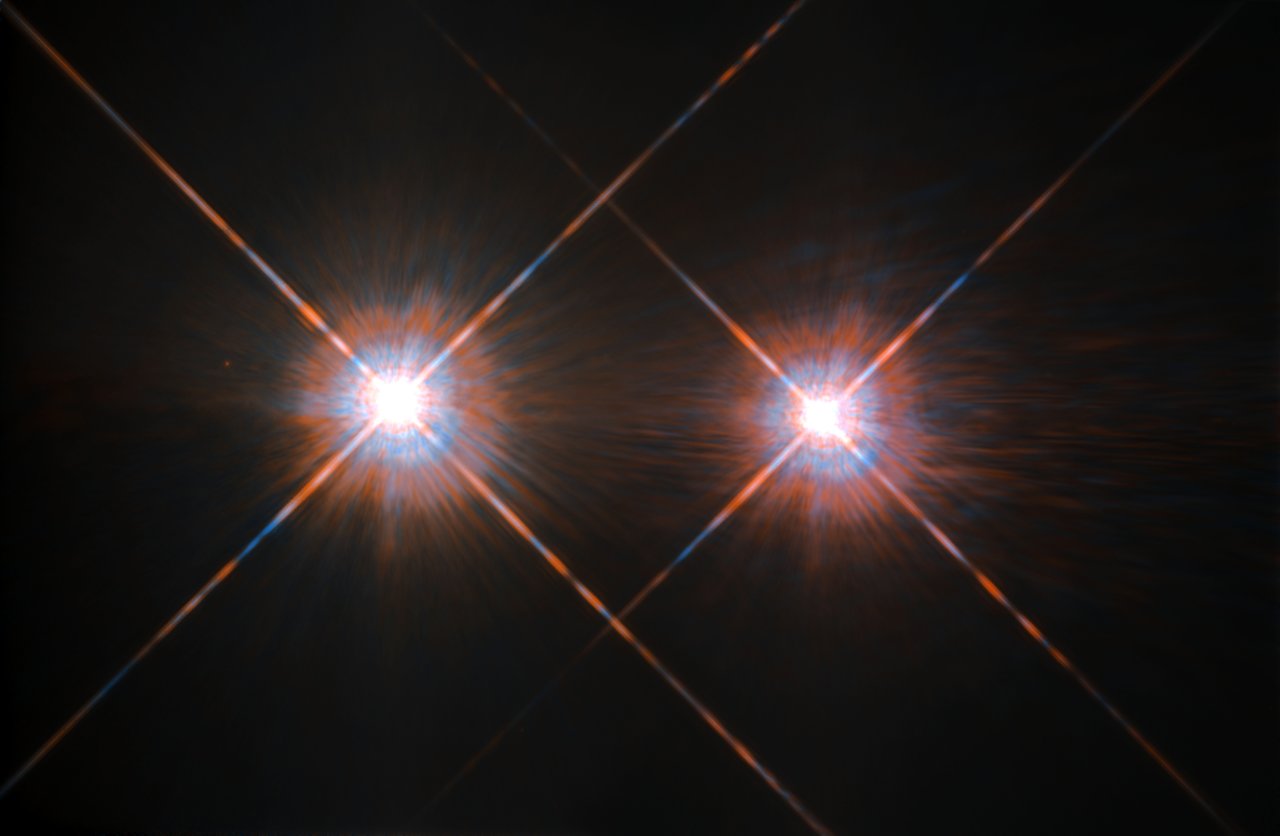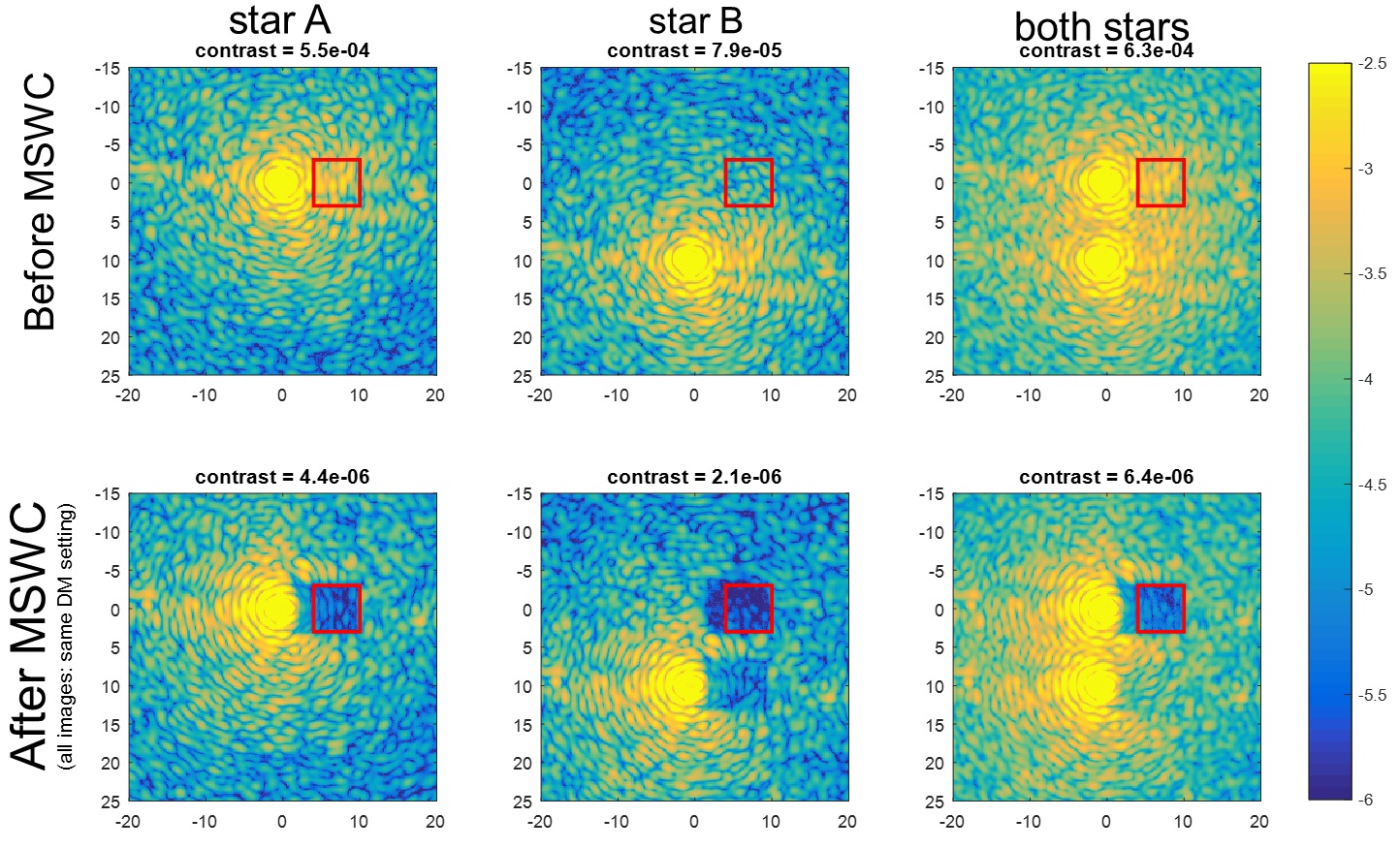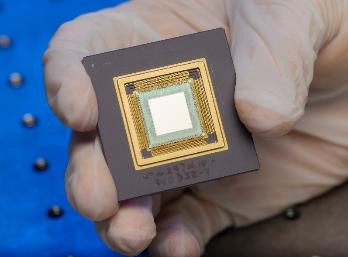Spying on Our Stellar Neighbors: New Strides Made in Alpha Centauri Planet Hunt

GRAPEVINE, Texas — Earth's lonely sun is an outlier: Most of the nearest sun-like stars have a stellar buddy or two in orbit with them. And researchers are getting closer to probing those complicated systems to directly image their planets.
At last winter's meeting of the American Astronomical Society (AAS), Space.com reported on a talk by Ruslan Belikov, a scientist at NASA's Ames Research Center in California, about how to complete a seemingly impossible task: using a deformable mirror to help cancel out the interfering light of two stars in a system like our neighbor, Alpha Centauri, revealing any planets that may lurk in their habitable zones.
This year, we caught up with Belikov and fellow Ames researcher Eduardo Bendek to see how their system's development has fared over the past year — and what the recent detection of a planet around the star Proxima Centauri (which some astronomers consider to be part of the Alpha Centauri system), and planet-spotting initiatives like Project Blue, mean for the quest to snap a nearby planet's photo. [What Do We Know About Alpha Centauri?]
At last week's AAS meeting, Belikov presented results of laboratory-scale experiments aimed at wiping out the glare of two stars at once with a small deformable mirror — a technology that would be combined on a telescope with a device called a coronagraph that physically blocks one star's light in a system like Alpha Centauri, which lies about 4.37 light-years from Earth.
"Multi-star high-contrast imaging opens up a huge diversity of star systems, and Alpha Centauri in particular," Belikov said during a presentation at the AAS meeting Friday (Jan. 6). "If you wanted to detect Earth 2.0 around the nearest sun-like star to us, then this technology is required," particularly for smaller telescopes.

The team's algorithm doesn't require any additional telescope hardware, beyond in certain situations taking advantage of a common type of grating on the mirror. Because of that, Belikov said, it could be used with large-scale telescope projects like NASA's Wide Field Infrared Survey Telescope (WFIRST) and the proposed Large UV/Optical/Infrared Surveyor (LUVOIR), and also enables smaller systems like the researchers' proposed project ACESat, a small space telescope optimized for imaging potentially habitable planets around Alpha Centauri.
Alpha Centauri is 2.4 times closer than the next-closest sun-like star and therefore offers a particularly tantalizing target: a direct imaging telescope could be much smaller, and 10 times cheaper, than what is needed to image potentially habitable planets around any other star, Belikov added.
Get the Space.com Newsletter
Breaking space news, the latest updates on rocket launches, skywatching events and more!
After hitting the required milestones on mirror-only experiments, the team's next step is to combine the technique with a coronagraph, which the researchers plan to do by the end of spring.
The technology is approaching its longer-term goals, too, Belikov said after the presentation. "We are hoping that over the next year or two we will demonstrate ... this technology to where it's ready for flight," he told Space.com.

The time is right
Like ACESat, a private initiative called Project Blue was recently announced to send a small telescope into Earth orbit to image the Alpha Centauri system. That project has helped pull the challenge of imaging multi-star systems, and Alpha Centauri in particular, into the public eye.
The discovery of Proxima b, a planet orbiting the faint star Proxima Centauri, has also increased interest in the Alpha Centauri system. However, because it's so close to its star, Proxima b isn't a good candidate for detection.
"It's a little bit paradoxical," Belikov told Space.com. "Things like Proxima b are easier to detect than Earth-like planets around sun-like stars, but much harder to characterize, [to] take their spectra." The more sun-like stars of Alpha Centauri offer a better habitable zone to scrutinize, he added.
In the meantime, NASA is continuing to work on telescope projects like WFIRST and LUVOIR that could pick out distant exoplanets, or closer ones, too.
"I think the field is about to change very dramatically in the next years," Bendek added. "You saw the results from ground-based observatories that are pushing to the edge — they have been very shy on saying, but their ability to control the turbulence is growing really fast, so they're approaching the space regime quickly. I think that there will be a point in which space and the ground are going to synergize closely — and I think that's going to happen on a timescale of five years."
"That's very long for the public, but if you think on the timescale of exoplanet science, of astronomy — when you think of [the fact that] the first planet [orbiting a sun-like star] was discovered in 1995, this is going superfast," he added.
Email Sarah Lewin at slewin@space.com or follow her @SarahExplains. Follow us @Spacedotcom, Facebook and Google+. Original article on Space.com.
Join our Space Forums to keep talking space on the latest missions, night sky and more! And if you have a news tip, correction or comment, let us know at: community@space.com.

Sarah Lewin started writing for Space.com in June of 2015 as a Staff Writer and became Associate Editor in 2019 . Her work has been featured by Scientific American, IEEE Spectrum, Quanta Magazine, Wired, The Scientist, Science Friday and WGBH's Inside NOVA. Sarah has an MA from NYU's Science, Health and Environmental Reporting Program and an AB in mathematics from Brown University. When not writing, reading or thinking about space, Sarah enjoys musical theatre and mathematical papercraft. She is currently Assistant News Editor at Scientific American. You can follow her on Twitter @SarahExplains.









